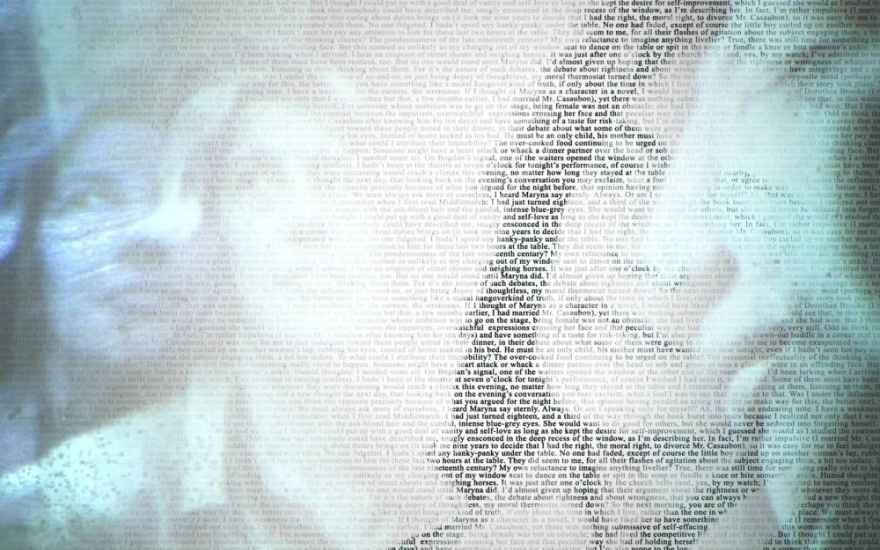Exploring the Life and Legacy of Susan Sontag at UChicago and Beyond

The following article appeared in UChicago News on 12 January 2015:
In the film Regarding Susan Sontag, director Nancy Kates attempted to create, in her words, “the best possible entry point” to understanding the life and work of the famous writer, filmmaker and political activist.
The film explores the diverse intellectual contributions of the late Sontag, AB’51, who is among UChicago’s best known alumni. It recounts Sontag’s best-known works, from Against Interpretation to Regarding the Pain of Others, as well as her lesser-known plays, films and much-maligned novels. Kates remixed images of Sontag and experts from her work—intercut with interviews and swirls of abstract audiovisuals—to explore Sontag’s remarkable influence and the uneasy grace with which she wielded her unique celebrity status.
After screenings at dozens of film festivals around the world in 2014, Regarding Susan Sontag had its broadcast premiere on HBO in December. It is available for online streaming via HBO GO.
“She was kind of the last rock star intellectual,” said Deborah Nelson, associate professor of English and deputy provost for Graduate Education, and an interviewee in the film. “She was read vociferously by college students, introducing them to the thrill of artistic exploration that the '60s [were] so known for, and that she herself was so thrilled by.”
Kates’ documentary is in some ways about grappling with the cult of personality surrounding Sontag. The film is equal parts biography and bibliography, treating Sontag’s intellectual life and her personal life as inextricably linked. Indeed, the parallels are inescapable—Sontag wrote about photography while romantically involved with photographer Annie Leibovitz, and about dance while romantically involved with dancer/choreographer Lucinda Childs. It only makes sense to put Notes on Camp in the context of San Francisco’s drag scene, and to put Illness as Metaphor in the context of Sontag’s first bout of chemotherapy.
As Kates put it, “there are going to be a lot of people who don’t know anything about her and haven’t read her, but who might be interested in watching a film and having an interesting introduction to both the life and the work. [So] we wanted to have a film that was visually exciting in the way that her work is exciting, and it’s not for me to say whether we achieved that or not—but I don’t think it’s a typical documentary, and I’m happy about that.”
Nelson did not hesitate to say that, in addition to being informative and engaging, the film succeeds as an aesthetic object in its own right. “What she [Kates] is, is a visual historian. She had to take somebody who was a writer and turn this into something visually interesting, and that is one of the incredible achievements of the film.” The film’s other achievement, said Nelson, is that “you get a sense of Sontag’s personal charisma—which people always talk about, but [which] it’s hard to appreciate if you haven’t seen her. You get a sense of why she was such an electric figure during her time.”
Interested in Everything
Sontag was an intellectual omnivore. As her son David Rieff says in the film, she was “interested in everything—intellectual and cultural and aesthetic and sensual experience.” She placed campy entertainments and schlocky B movies side by side with the most lionized works in the western canon, using the same tools to consider it all.
Yet she was never exactly a defender of popular culture, and she was aghast at the idea of focusing on popular culture to the exclusion of high culture. “I think,” she says in the film, “that the high culture that I took for granted when I was growing up, the high culture that I aspired to live in and to make my new contribution to—that certainly has the quality of an endangered species.” Her aim was always to expand and invigorate the conversation, never to supplant one case of aesthetic myopia with another, coarser one.
As Nelson put it, “She saw things along this whole continuum, which is sort of a University of Chicago profile.”
Kates agreed that, in this context, Sontag’s time at UChicago is “absolutely essential to understanding who Susan Sontag was. She really got that very classical, amazing University of Chicago education, and she used it to have a career in arts and letters.”
“She revered the place,” Kates continued, “even if she moved away from it in intellectual and artistic explorations that went far beyond what she’d learned there. It still was just very foundational for her.”